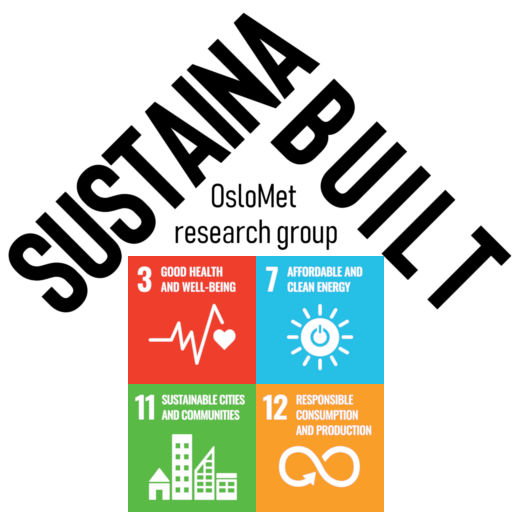Faculty Dissemination (Professional and Public Outreach)
2015 ▲▼
F.F. FERRARA, Annemie WYCKMANS, Adriana GALDERISI, James KALLAOS (2015) “Embodying resilience in urban development processes: suggestions for the future”. Lecture at European Climate Change Adaptation (ECCA) Conference in Copenhagen, 2015-05-12
Abstract not available
Line Røseth KARLSEN, Grigori GROZMAN, Per HEISELBERG, Ida BRYN (2015) “Integrated design of daylight, thermal comfort and energy demand with use of IDA ICE”. Lecture at 7. Passivhus Norden | Sustainable Cities and Buildings in København, 2015-08-20 …
Abstract: This study presents work regarding implementation of the Radiance three phase daylight model into IDA Indoor Climate and Energy (IDA ICE). The model implementation is verified by comparing fullscale measurements and simulations of daylight conditions in a team office located in Oslo and an experimental room located in Aalborg. The comparisons indicate that the coupling between IDA ICE and Radiance is working satisfactory. A parameter study considering different glazing areas and façade orientations of a cell office located in Oslo was carried out to illustrate the benefit of conducting an integrated design. From the results of the parameter study it is evident that the integrated design method provides vital information of how different design parameters affect the relation between daylight, thermal comfort and energy use and it supplies the designer with an extensively more informative decision base for their design compared to conventional static daylight design.
